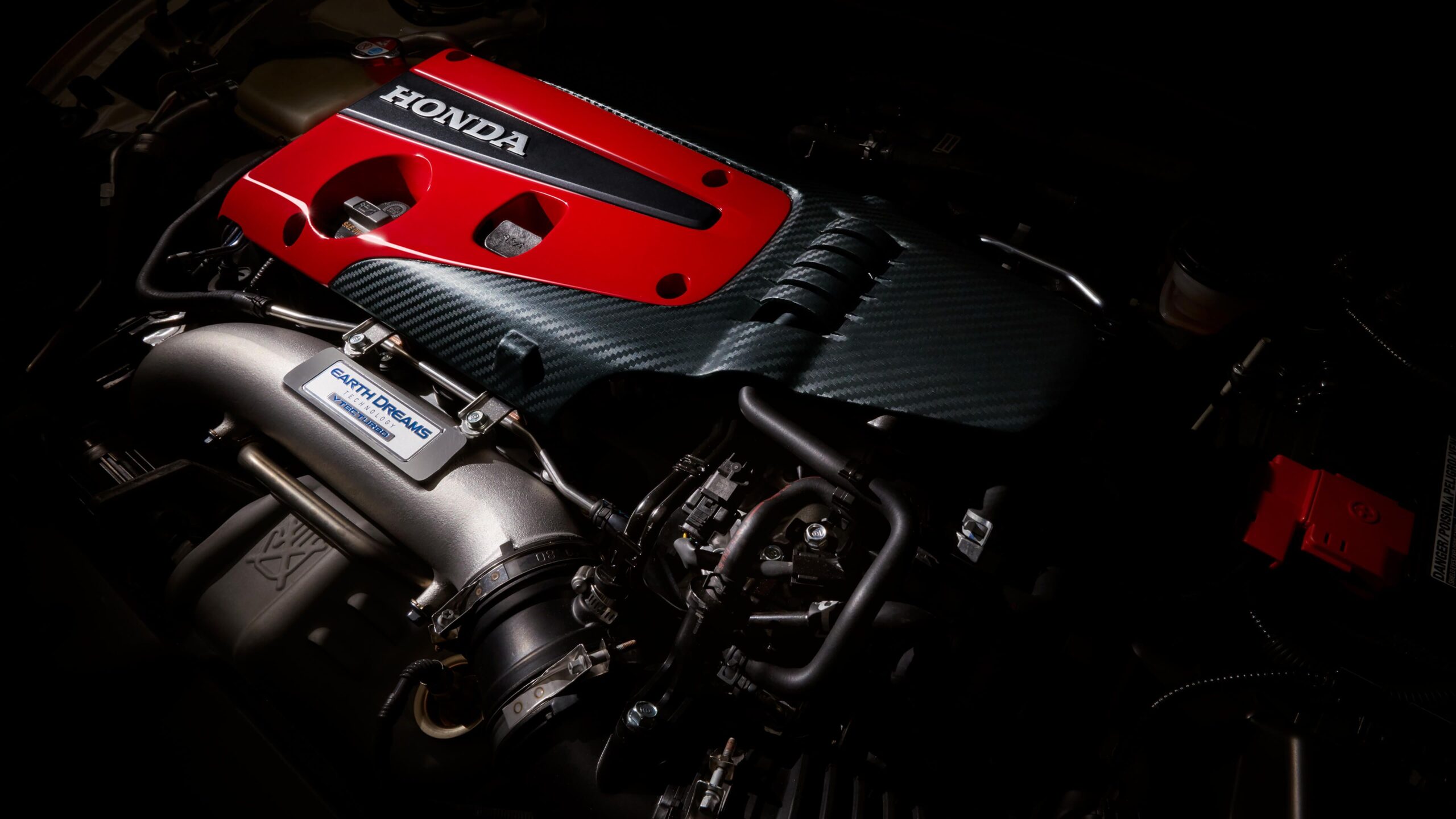
Turbocharged Engines: What You Need to Know
Turbocharged engines are becoming increasingly popular in the automotive industry. They offer a number of advantages over traditional engines, including improved fuel economy, increased power, and reduced emissions. In this article, we’ll take a look at what turbocharged engines are, how they work, and the benefits they offer.
What is a Turbocharged Engine?
A turbocharged engine is an internal combustion engine that uses a turbocharger to increase the amount of air entering the engine. This increased air flow allows the engine to produce more power and torque than a naturally aspirated engine of the same size.
The turbocharger is a device that uses exhaust gases to spin a turbine, which in turn compresses the air entering the engine. This compressed air is then mixed with fuel and ignited, resulting in a more powerful combustion.
How Does a Turbocharged Engine Work?
A turbocharged engine works by using the exhaust gases from the engine to spin a turbine. This turbine is connected to a compressor, which compresses the air entering the engine. This compressed air is then mixed with fuel and ignited, resulting in a more powerful combustion.
The turbocharger is connected to the exhaust manifold, which is the part of the engine that collects the exhaust gases. As the exhaust gases pass through the turbine, they spin the turbine, which in turn compresses the air entering the engine.
Benefits of a Turbocharged Engine
There are a number of benefits to using a turbocharged engine. The most obvious benefit is increased power and torque. A turbocharged engine can produce more power and torque than a naturally aspirated engine of the same size. This means that a turbocharged engine can produce more power and torque than a larger naturally aspirated engine.
Another benefit of a turbocharged engine is improved fuel economy. The increased air flow allows the engine to burn fuel more efficiently, resulting in better fuel economy.
Finally, turbocharged engines produce fewer emissions than naturally aspirated engines. This is because the increased air flow allows the engine to burn fuel more completely, resulting in fewer pollutants being released into the atmosphere.
Drawbacks of a Turbocharged Engine
While there are many benefits to using a turbocharged engine, there are also some drawbacks. The most significant drawback is the increased complexity of the engine. A turbocharged engine requires more parts and is more difficult to maintain than a naturally aspirated engine.
Another drawback is the increased cost. Turbocharged engines are more expensive than naturally aspirated engines, due to the additional parts and complexity.
Finally, turbocharged engines can suffer from turbo lag. This is the delay between when the driver presses the accelerator and when the engine responds. This can be annoying and can make the car feel sluggish.
Conclusion
Turbocharged engines offer a number of advantages over naturally aspirated engines, including increased power and torque, improved fuel economy, and reduced emissions. However, they also have some drawbacks, including increased complexity, cost, and turbo lag. Ultimately, whether or not a turbocharged engine is right for you will depend on your needs and budget.
